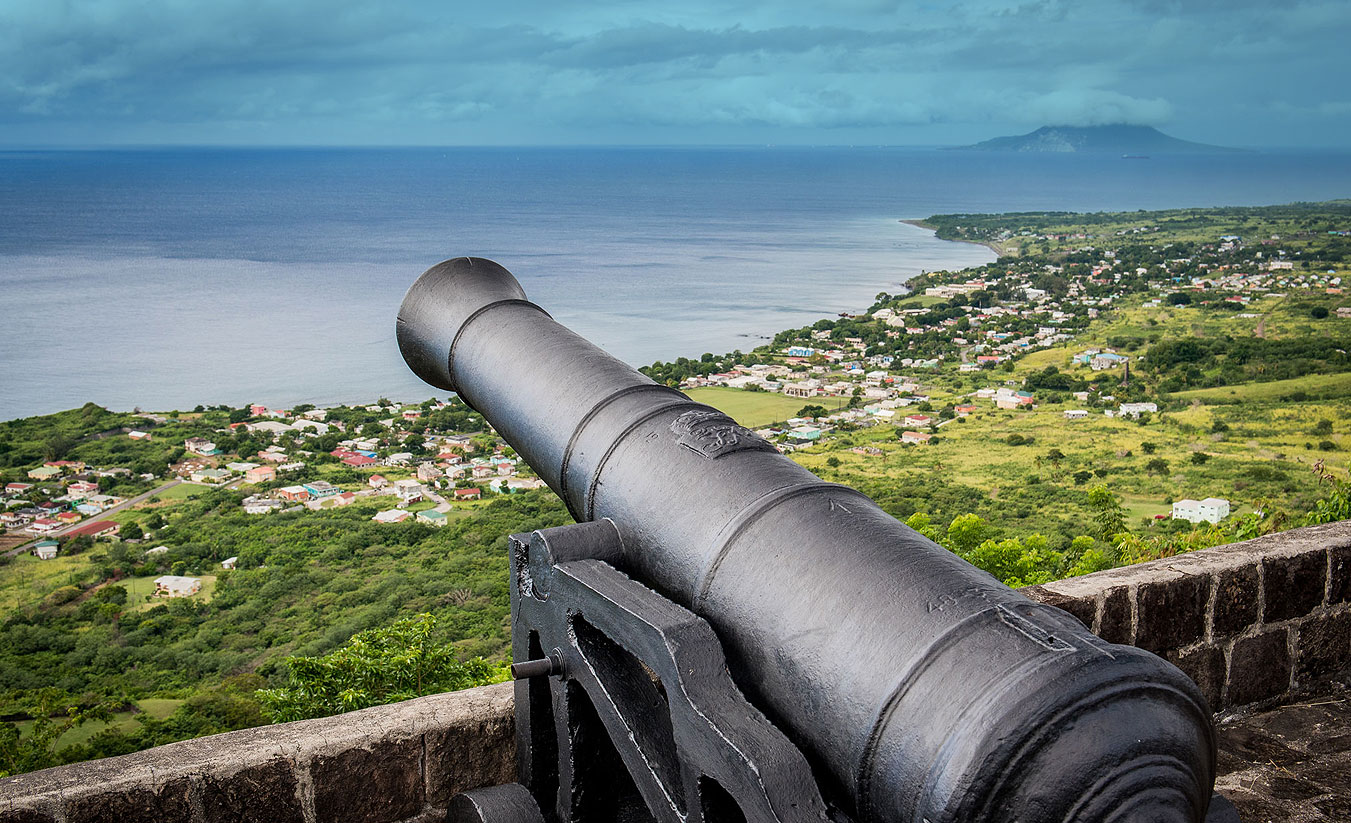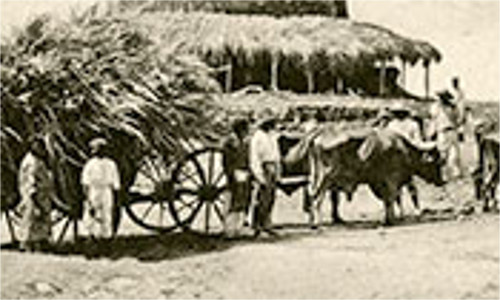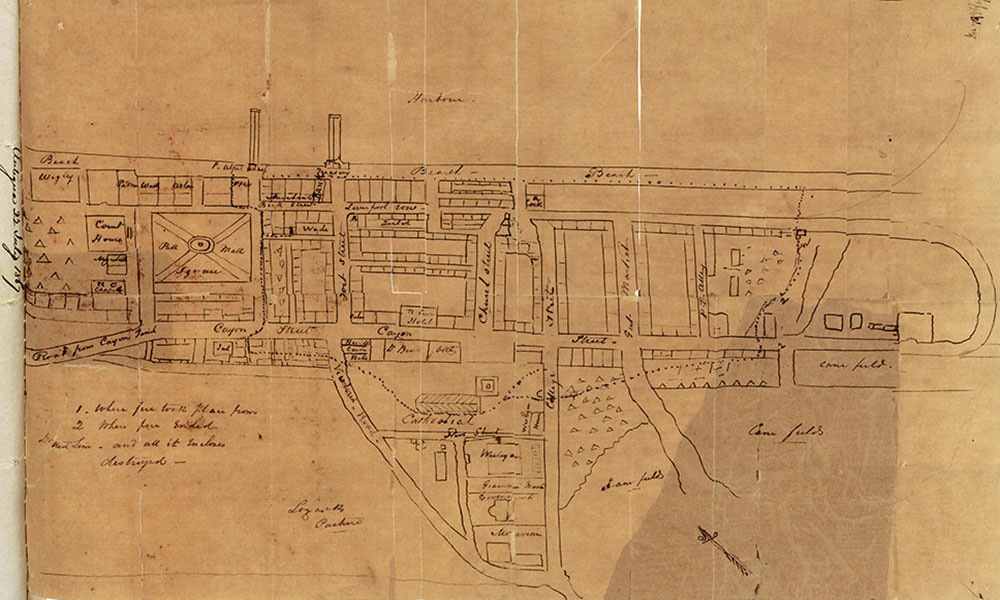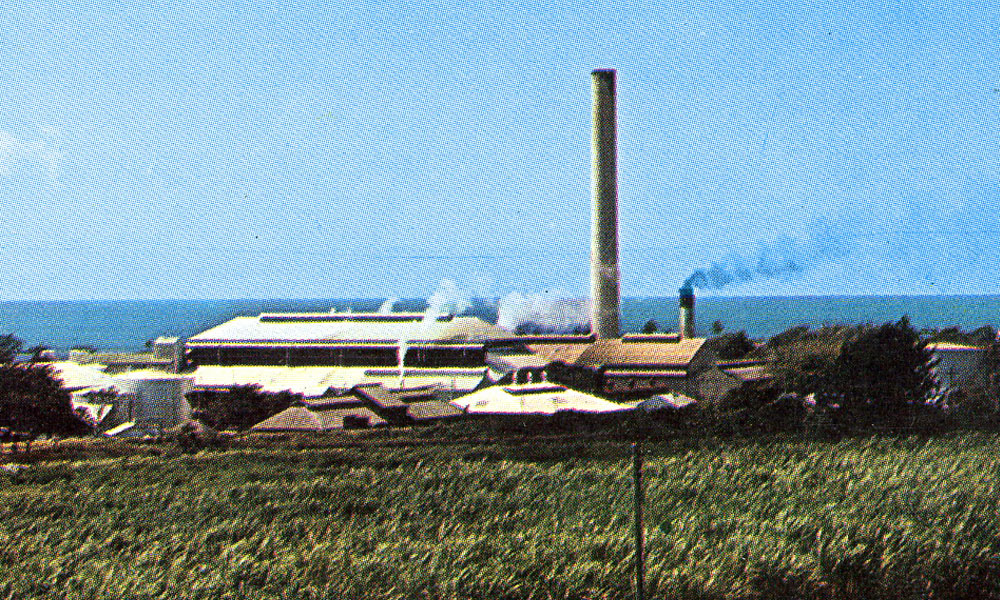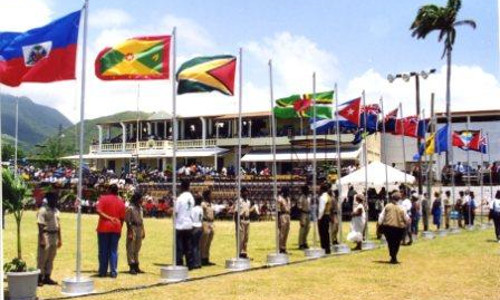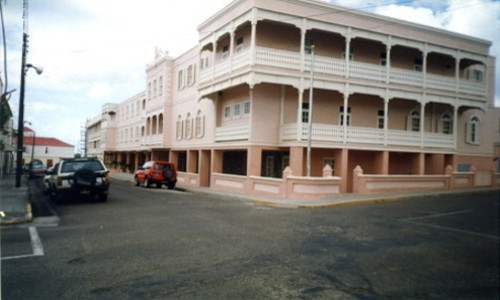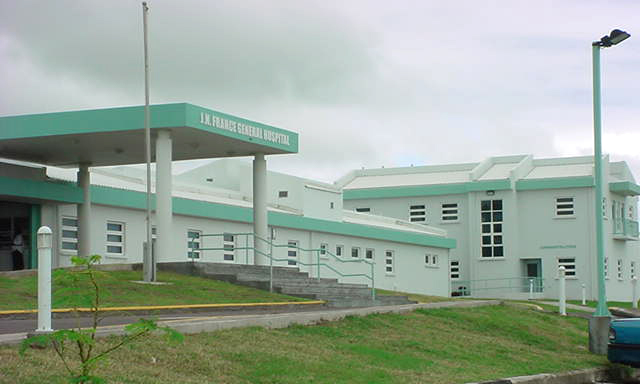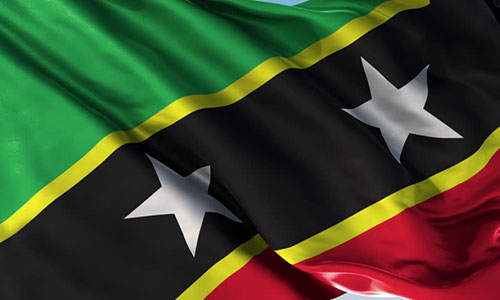Timeline: History of St. Kitts
Early Settlement
Various waves of early ceramic age people, sometimes called Saladoid started entering the Caribbean from South America. They traveled to the Virgin Islands, the Leeward Islands and to the eastern part of Puerto Rico
Liamuiga

It is estimated that Mount Liamuiga formerly Mt Misery had a major eruption close to the year 300 CE
For more information click here
Islands named
While on his second voyage through the Caribbean, Christopher Columbus sighted and named various islands. It is often unclear which islands retained the name he assigned to them. The names given to them by the Kalinago were erased from history
Visit by Sir Francis Drake

Drake and his crew “spent some days of Christmas, to refresh our sick people, and to cleanse and air our ships. In which island were not any people at all that we could hear of.”
Visit by loggers
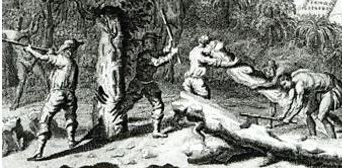
A group of loggers who stopped to cut wood at St. Kitts found the island unoccupied.
Arrival of Kalinago

Members of the Kalinago ethnic group set up a community on St. Kitts and on Nevis.
Attempted French Settlement
Very little is known about this attempt to settle the island. It may have been a Huguenot group looking for a place where they could practice their religion without discrimination. Warner found French men on the island during his first visit.
Thomas Warner's First Visit
After hearing a description of Liamaiga from Thomas Painton, Thomas Warner visited the island to see if it would be a good place to start a settlement. He was treated courteously by the Kalinago inhabitants.
First English Settlers
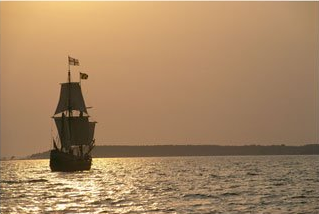
Thomas Warner and a small number of men arrived at Old Road Bay in the ship called the Marmaduke. They set up a small fortified community "betwixt ye two rivers"
Arrival of French Privateers

Pierre D’Esnambuc and Urbain Du Roissey were privateers. Their ship was badly damaged in a skirmish with a Spanish vessel. They found safe haven in St. Kitts
Expulsion of Kalinago
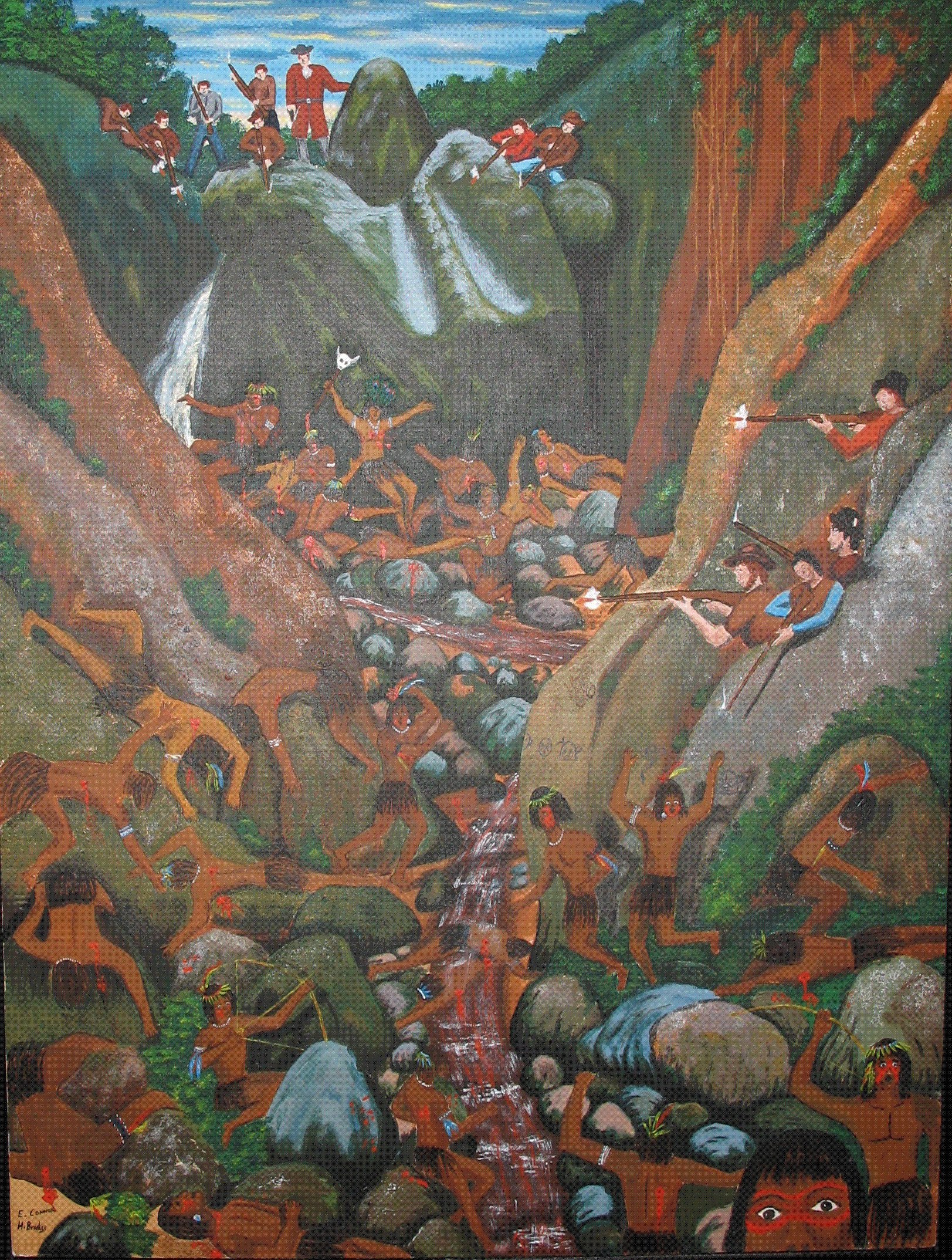
An English account states that a woman, who was part of the Kalinago community, warned Thomas Warner of an impending attack. The English and French joined forces and repelled it. Tegreman, leader of the Kalinago community was among those killed..
For more information click here
First Enslaved Africans on St. Kitts
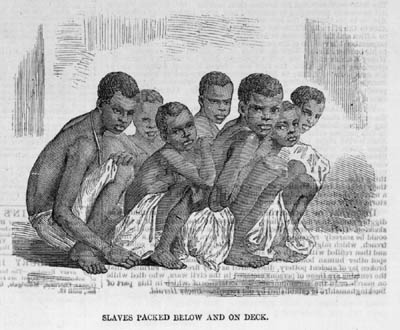
The first group of enslaved Africans was brought to St. Kitts soon after settlement. They had probably been taken from a Spanish vessel that would have been taking them to one of the Spanish colonies.
Division of the Island

The English and French Settlers agreed to divide the island between them. The French took the two ends and the English settled in the middle..
Spanish Attack

A Spanish fleet under the command of Don Fadrique Alvarez de Toledo descended on St. Kitts. The French left the island but the English under Edward Warner tried to resist. The Spanish insisted that all settlers left the island but some of the English managed to escape into the hills.
French Return
The French had found refuge in Antigua. Du Roissey returned to France but D’Esnambuc and about 350 settlers returned to St. Kitts. He was not feeling as enthusiastic as before about the chances of the French colony.
Fig Tree Dispute
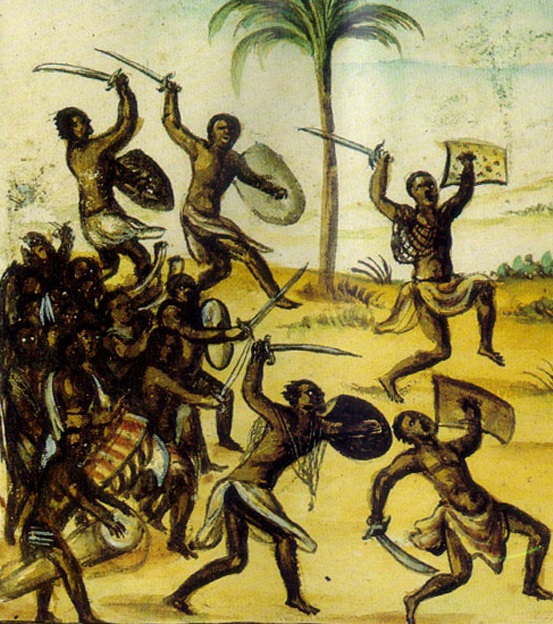
The English started encroaching on French land marked by a fig (banyan) tree that had expanded. Emboldened by support in Paris and the interest of the Dutch in purchasing tobacco, D’Esnambuc demanded the withdrawal of English settlements to the boundaries of 1627. To emphasis their determination to regain their land, the French armed their enslaved workers. Negotiations were brief and the boundaries were restored.
D’Esnambuc's Death
Pierre D'Esnambuc maintaned a French presence in St. Kitts and saw the settlement of Guadeloupe and Martinique. He died in the Basseterre quarter of St. Kitts due to failing health.
Phillip De Lonvilliers De Poincy's Arrival
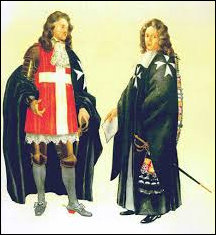
Phillip De Lonvilliers De Poincy landed at Basseterre as Governor General of the the French Colonies in the West Indies.
Planting of Tobacco Stopped for 18 Months

The planting of tobacco stopped for 18 months following an agreement between De Poincy and Warner. This was the result of a glut in the market. De Poincy introduced sugar cane cultivation.
Escaped Enslaved Africans
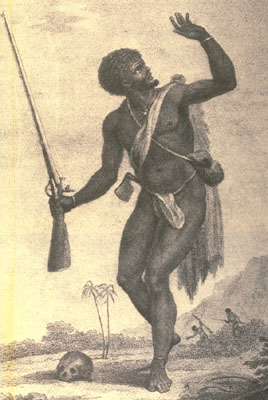
Sixty enslaved Africans left a plantation in Capisterre and set up a community on the slope of Mt Misery, De Poincy sent soldiers to restore order. One man survived as a runaway longer than the rest and achieved heroic status however he was captured and executed before the end of the year.
Planting of sugar
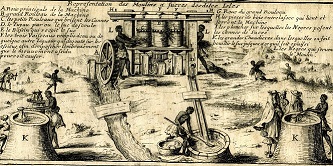
The French community was allowed to restart tobacco planting. Warner extended the ban in the English part of the island by another 12 months. Sensing that an alternative was needed, De Poincy introduced sugar cane. .
The First Rebellion

Although the ban on tobacco planting was lifted, the weather was against the settlers. Warner however, insisted on the payment of rents in his role as Lieutenant General of the islands. The planters objected vociferously. One was executed.
Representative Assembly

1500 men took up arms and a list of grievances was drawn up. The colonists insisted that they lived in a free colony and that laws should be passed by an Representative Assembly. Warner gave in and created an Assembly of 24 men. However, 4 men who went to make presentations in England never returned and others still on island were banished.
Replacement for De Poincy
The Governors of Guadeloupe and Martinique resented the Governor General’s interference and asked that he be replaced. The Compagnie des Iles d’Amerique sent out Noel Patrocles de Thoissy who was well received in those islands. Thoissy was not allowed to land in Basseterre and Warner refused to meet with him.
Warner and De Poincy confront Thoissy
Thoissy tried again to assert his role as Governor General and captured a fort in Capisterre taking two of De Poincy’s nephews. He was met by a force led by Warner and De Poincy and defeated. Eventually he had to surrender his claim to the governorship of Saint Christophe and return the two nephews.
Thomas Warner's Death

Warner had overseen the settlement of St. Christopher and the spread of English settlers to neighboring islands. Warner was buried in Middle Island.
Order of St. John acquired St. Kitts
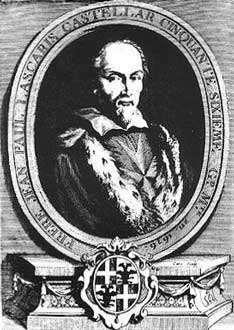
De Poincy persuaded Grand Master Lascaris in Malta to pay 120, 000 livres for St. Kitts, St Croix, St Bartholomew and St Martin
An Act for increase of Shipping, and Encouragement of the Navigation of this Nation.
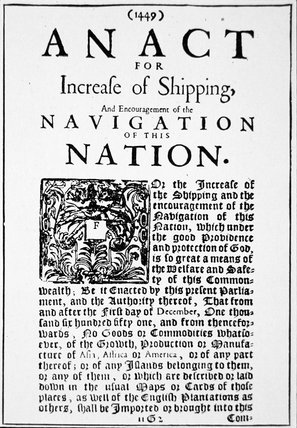
The Act regulated England's international trade, as well as the trade with its colonies. It reinforced long-standing policy that English trade and fisheries should be carried in English vessels.
The Western Design
This was a vision of an English colonial empire. Admiral William Penn sailed across the Atlantic with 2500 troops, recruited 3000 more in Barbados and then another 1300 in St. Kitts, mostly landless or impoverished men. They attacked Hispaniola disastrously but successfully captured Jamaica from the Spanish.
Governor De Poincy's Death
Governor De Poincy died at the age of 77 and was buried at Basseterre, probably in the grounds of Notre Dame (now St. George’s Anglican Church). Although he had considerable property, an account of the assets and liabilities showed extensive debts so that the Council of the Order quickly began to consider the sale of the islands.
An Act for the Encouraging and increasing of Shipping and Navigation.
The act strengthened restrictions under Cromwell's act. Colonial imports and exports were restricted to ships belonging to the English possessions. Crews had to be three-quarters English, and ship captains were required to post a bond to ensure compliance and could recoup the funds upon arrival.
An Act for the Encouragement of Trade,
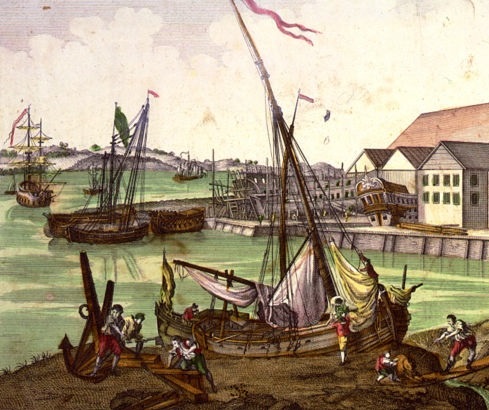
This Act required all European goods, bound for America and other colonies, be trans-shipped through England first. This trade had to be carried in vessels from England or its colonies. 'Enumerated' commodities (eg sugar, tobacco, cotton) had to be landed and taxes paid before proceeding to other countries. The act was to prevent the colonies from trading independently from Britain.
Second Anglo-Dutch War
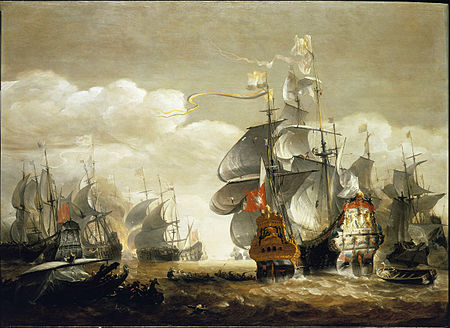
This war was the result of Dutch resentment over the Navigation acts. Dutch mercendise was popular because it was not burdened by tariffs.
Agreement to sell St. Kitts to France
The Order of St. John signed a contract to sell the islands of St. Kitts, St Croix, St Bartholomew and St Martin to the Compagnie Des Indes Occidentales Francoises. Payment was to be completed by 1672.
French Participation in War

News of the French entry in the war arrived in the Caribbean and Governor De Sales decided to pre-empt an attack. Preceded by enslaved Africans who set fire to the cane fields, they devastated the area between Cayon and Dieppe Bay. Leaders on both sides were killed. Chevalier de Saint-Laurent took control of the island.
Treaty of Breda
The European powers signing this treaty decided that all colonies should be restored to their original owners. The French occupants of St. Kitts, had to allow the English to take back their quarters.
French offer Grenada to keep English out
While some considered this a good deal, the exiled planters in Nevis convinced the king that St. Christopher “was one of the flourishing colonies, the first and best earth that ever was inhabited by Englishmen amongst the heathen cannibals in America.”
Act to prohibit the carrying of torches near cane fields
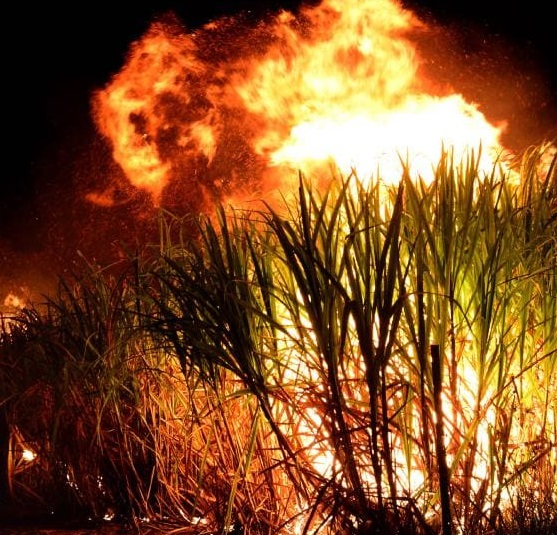
This act was necessary because “idle, wandering and ill-disposed persons” often went into cane fields at night looking for crabs. Whole cane fields could be consumed by flames in a matter of minutes.
Earthquake
In St. Kitts, the earth opened up nine feet in many places and buried solid timber and sugar mills. It caused the collapse of the Jesuit College and all other stone buildings. The sea withdrew a furlong from Charlestown returning after two minutes.
War Declared in Europe
War had been declared in Europe. An English fleet arrived at St. Kitts and demanded that the French surrender. This they did on the best terms that could be obtained. On the 16th July 1702 the English took Basseterre.
French Invasion
A French fleet arrived at St. Kitts. The invaders raided and burnt several plantations and carried off three hundred enslaved workers before the attack was repulsed. They next landed in Nevis. Planters claimed compensation for losses from the British Government
Notre Dame Destroyed by Fire
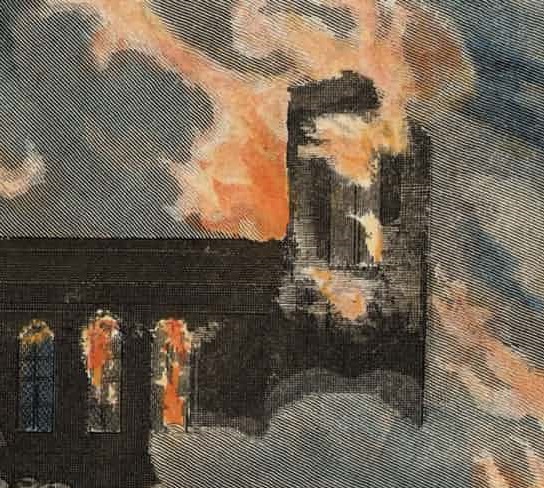
The French Church was burnt to the ground, very probably by English soldiers
Building of St. George's Church
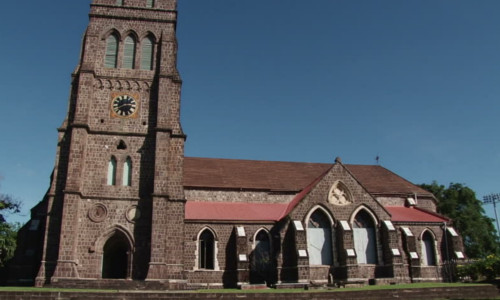
The burnt out church of Notre Dame was re-built as an Anglican church and named St. George’s.
For more information click here
Act for the Better Government of Negroes and Other Slaves
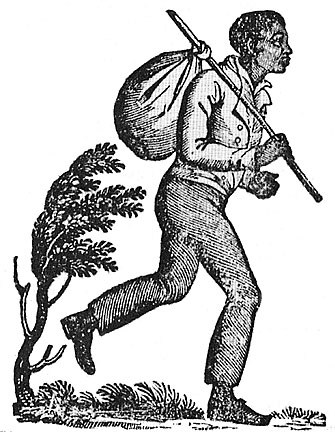
This act was passed to discourage running away as well as to ensure that free persons did not aid them or give them work.
Compensation
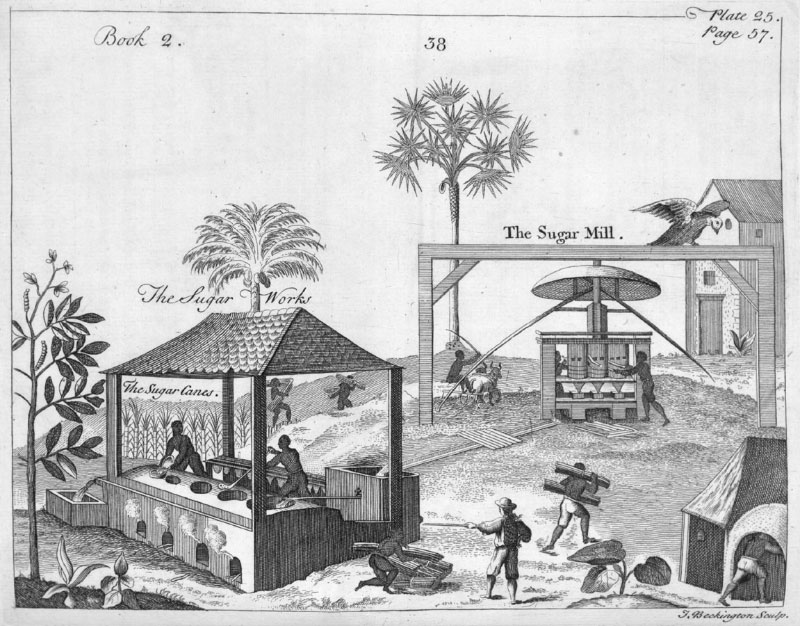
The British Parliament authorised the distribution of £103,003 among those planters in St. Kitts and Nevis who suffered losses during the French raid of 1706 and who had re-settled their plantations.
Treaty of Utrecht
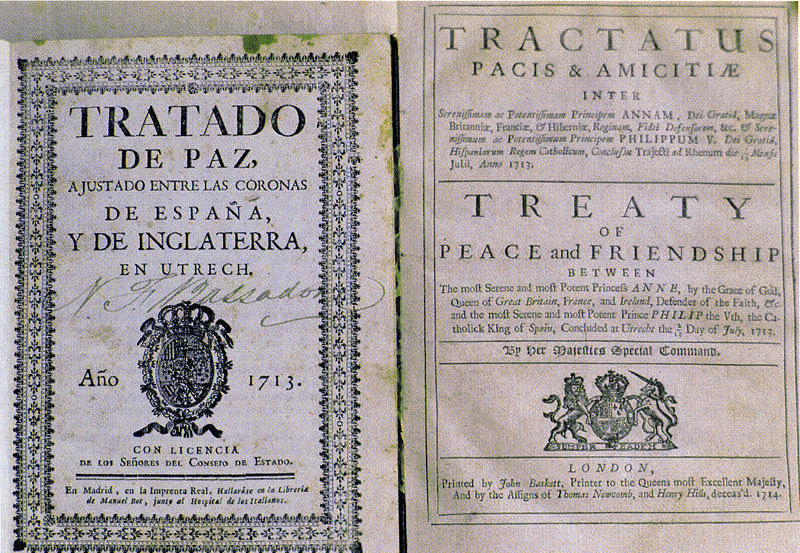
France and England signed the Treaty of Utrecht. St. Christopher was given to England..
Black Bart threatened Basseterre
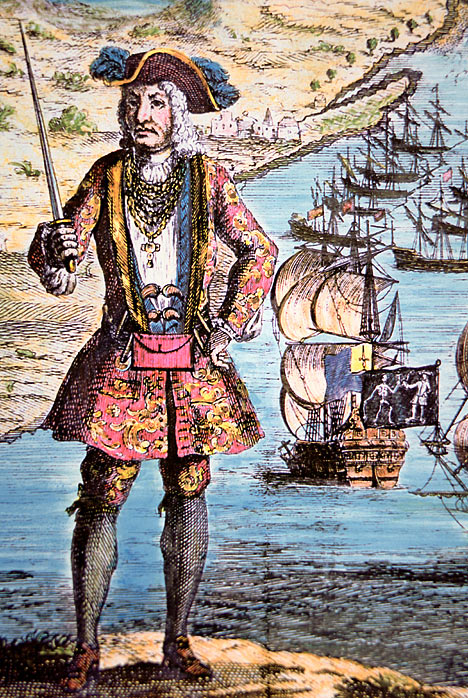
Black Bart Robert’s Royal Rover was set on fire by his disloyal crew. Unaware of this he blamed Governor Mathew and threatened Basseterre. He later sailed away without causing the destruction he had promised.
Proposed union of St. Kitts and Nevis
Governor Hart recommended the union of St. Kitts and Nevis with one Council and one Assembly for the two islands but the Council of Trade and Plantations would not move on the matter without the consent of the people. No further action was taken.
Appointment of Commission for the sale of the French Lands
A Commission of three men was appointed to dispose of the French Lands on St. Kitts. They were William Matthew, Gilbert Fleming and Edward Mann
Basseterre became the Seat of Government
The seat of Government was transferred from Old Road to Basseterre. Basseterre became the capital for the whole island.
The Molasses Act
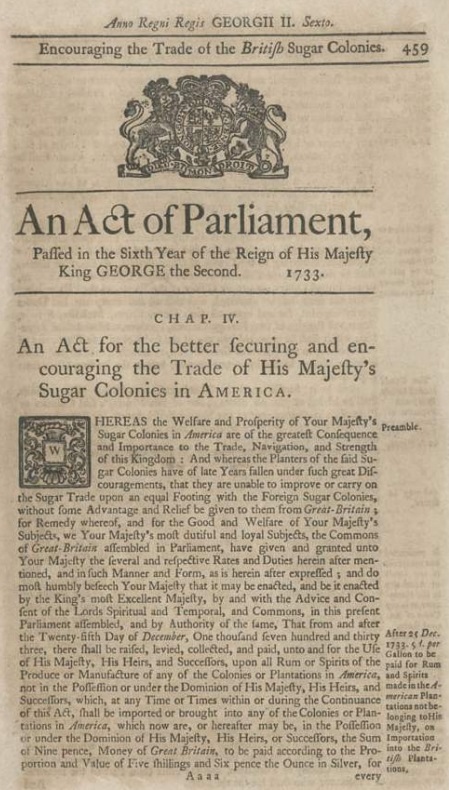
The Molasses Act imposed a 6 pence tax on imported molasses from non-British Colonies. This was at the insistence of plantation owners in the British West Indies.
Dowry for Princess Ann

Forty thousand pounds out of the money raised by the sale of the French lands on St. Kitts was voted to George II as a dowry for his daughter Ann.
Two Violent Hurricanes

There were two violent hurricanes, one on September 21 and the other on October 24. A total of 24 vessels were lost at Basseterre. All were English merchant ships, most of them loaded with sugar bound for England.
The Pasture became Government property
The Government acquired The Pasture or Pall Mall Square. It then measured 3 acres 5 perches. This stopped encroachments from persons who had property around it.
Effects of Fever on Population

A fever reduced the white population to 2713 persons. The African population numbered 21,891 due to high importation of enslaved workers. St. Kitts had 321 more white women than men.
Fever Deaths

200 persons died of yellow fever in Basseterre.
Stamp Act Passed
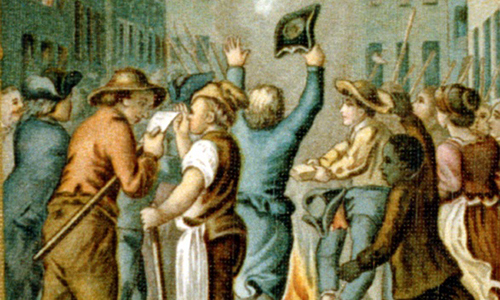
The Stamp Act was passed to raise revenue for defence in the British Colonies. In St. Kitts the stamp paper was burnt by ‘rioters’. Kittitians then went to Nevis to make sure that their counterparts there did the same.
For more information click here
Stamp Act Repealed.
The majority of colonists considered the Stamp Act to be a violation of their rights as Englishmen British merchants and manufacturers pressured Parliament because their exports to the colonies were threatened by boycotts.
A Conspiracy Discovered
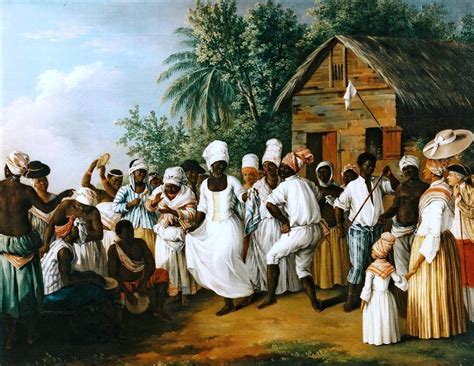
An alleged conspiracy among the enslaved of St. Kitts was discovered. Governor Woodley reported that it had merely been a Saturday meeting of enslaved persons who imitated their owners by holding a Council and Assembly and concluded the evening with a dance.
destruction by Hurricane
A storm passed over St. Kitts. By noon it had abated so much that everyone thought that it was over, but the winds shifted direction and blew more violently. Almost every house, sugar mill, tree and plant in Basseterre, Sandy Point and Old Road were blown down or severely damaged. Several were killed and many more were wounded. The damage was estimated at £500,000 sterling.
First Moravian Missionaries
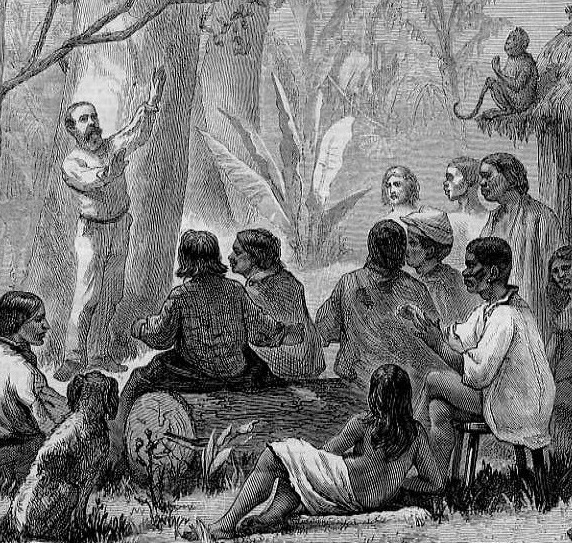
The first Moravian Missionaries, John Gottwalt and James Kirkby, arrived in Basseterre at the invitation of John Gardiner.
St. Kitts merchandise in Sint Eustatius

Admiral Rodney took St. Eustatius. There he found storehouses full of merchandise to the value of £3 million, a good deal of which allegedly belonged to residents of St. Kitts. The St. Kitts Assembly demanded proof in support of Rodney’s accusations, but Rodney treated their protests with contempt and sold all confiscated goods by auction at prices below value.
French Fleet at Basseterre
The French fleet arrived at Basseterre. The regular troops and the militia withdrew to Brimstone Hill and Basseterre capitulated. Nevis also surrendered. The French found some heavy guns and ammunition at the base of the Hill which were useful to them. Planters and merchants had not provided enslaved workers to move them up the Hill.
Brimstone Hill Surrendered
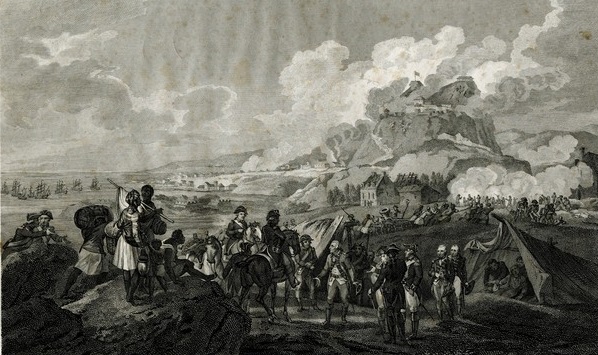
French Commander, Marquis De Bouille lay siege to Brimstone Hill and concentrated fire on the Fortress where ammunition started to run low. Two large breaches were blasted into the rampart of the North West Work. Unable to sustain a defense, the garrison surrendered.
Treaties between Britain and France
Treaties between Britain and France were signed in Paris. St. Kitts, Nevis, Montserrat, Grenada and the Grenadines, St. Vincent and Dominica were restored to Britain.
Act to prevent Mutilation of Enslaved
An act passed prohibiting the mutilation of enslaved workers. Punishment was to consist of a fine of £500 and six months imprisonment. Those enlavers who could not pay the fine were liable to twelve months imprisonment. Mutilated enslaved persons were to be forfieted to the use of the island and publicly sold. According to James Stephen this was the first law in the British West Indies that afforded the slaves some measure of protection against their masters.
Publication of Essay on the Treatment and Conversion of African Slaves
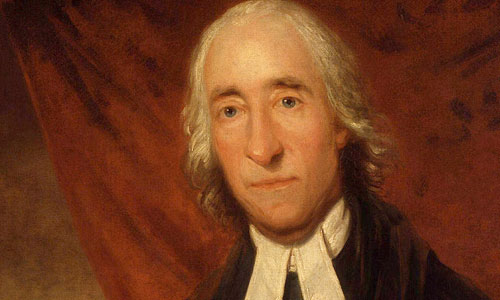
James Ramsay published his Essay on the treatment and Conversion of African Slaves in the British Sugar Colonies. Ramsay, an Anglican minister, had spent 15 years on St. Kitts and was a medical doctor to a number of plantations. His essay started a polemic between the Abolitionists and the pro-slavery lobby. It often took a very personal turn. .
Indictments for beatings of enslaved
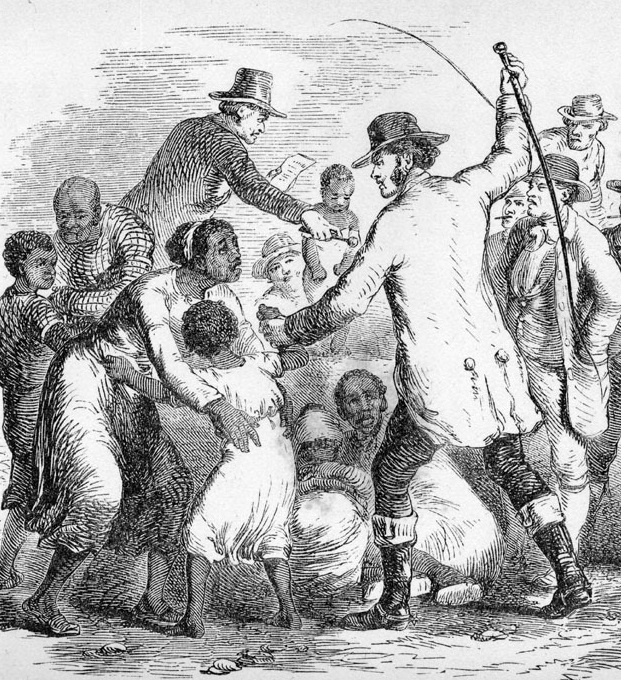
Jordan Burke of St. Kitts was indicted for wounding Clarissa, an enslaved worker. He was fined £50. Wadham Strode was fined £100 for inflicting injuries on the enslaved worker called Peter.
Herbert tests property rights in Enslaved
William Herbert of Basseterre was found guilty of wounding a six year old enslaved child called Billy and his sister. He was fined 40 shillings. When the magistrates proceeded to send the children for safe custody to the Deputy Provost Marshal, Herbert threatened them with prosecution for dispossessing him of his property. After the children had been treated and returned to him he brought action against the Deputy Provost Marshal for damages. The case was brought before a jury three times until certain members of the community prevailed on Herbert to desist.
First Methodist Missionary
William Hammett, an Irish Methodist preacher, was ordained by John Wesley in 1786. He was destined to work in Newfoundland but his ship was blown off course by a storm and arrived in St. Kitts instead. Immediately he organised a society of 9 members in Old Road and visited St. Eustatius. In 1789, Thomas Coke transferred him to Tortola.
Denmark Abolished Slave Trade
Denmark passed a law abolishing its Slave Trade. It would take effect on the 1 January 1803, making it the first European nation to end its trade in enslaved labour. .
Court House
The Tontine, on the East of Pall Mall Square was acquired by Government and turned into a Court House.
for more information click here
Flooding
Rain caused flooding in Basseterre, Old Road and along the Northern side of the Islands. Many persons lost their lives when the torrential waters carried their homes and furniture to the sea. The Moravian Church in Basseterre was spared and services were held in it immediately after the storm.
Disturbances in the 4th West India Regiment.
About 250 men of this regiment were stationed at Brimstone Hill. Apparently while drunk, one of the men made some rash statements to his comrades, who dismissed them with contempt. The Commanding officer saw no danger. However a rumor made its way down the Hill where the civilian population felt threatened. The Assembly took the opportunity to get rid of black soldiers who were viewed with suspicion. The Regiment was transferred to St. Vincent in 1798, one man was executed and three others flogged..
The Joint legislature of the Leeward
The joint legislature of the Leeward Islands opened its proceedings in Basseterrre.It was composed of a General Council (10 members) and a General Assembly (25 members). This was the first such meeting in seventy five years. The matters for discussion included the Amelioration of the Slaves, the removal of disabilities against free white Catholics, and the restriction of the 4½% duty The Legislature of St. Kitts passed an Act directing that, in all cases of manumission, a guarantee should be given that the newly freed person would not become a burden on the parish.
Earthquakes
Earthquakes were experienced several times at St. Kitts and Antigua.. The strongest shock came on the 19th March.
Institution for Education of Poor and Destitute White Children
An institution was set up in Basseterre for the support and education of poor and destitute white children.
The French Invaded
The French invaded St. Kitts and demanded the payment of a ransom of £50,000 or the town would be burnt. General Thomas Matthew, a native of St. Kitts who was visiting from Virginia, committed £10,000 of his own money towards the safety of the island. The French were paid a total of £18,000. They withdrew but not before they set fire to six merchant ships and then let them drift out to sea.
Slave Trade Abolished
the slave trade was abolished in the British colonies.
First Register of Slaves
The first register of slaves was compiled.
Hurricane
A hurricane swept over the Leewards, the Virgin Islands and the Bahamas. At St. Kitts it caused a great deal of damage to estate works.
Free Coloureds of St. Kitts Petitione
The free coloureds of St. Kitts petitioned for the removal of disabilities that were imposed on them by law.
West Indies Divition into Two Sees
The West Indies were divided into two Sees - Jamaica and Barbados. St. Kitts and the other Leeward Islands were included in the See of Barbados with William Hart Coleridge as first Bishop.
Basseterre Methodist Church was Erected
Freeholders in Anguilla were authorised to send one representative to the House of Assembly of St. Christopher.The Basseterre Methodist Church was erected on its present site.
Sunday Markets were Curtailed
Sunday markets were curtailed.
Hurricane
A destructive hurricane comparable in magnitude to that of 1772 caused major destruction.
Las Damas Argentinas Crew Public Execution
The twenty-eight members of the crew of the Las Damas Argentinas were tried, convicted and sentenced to death for piracy. They were publicly executed at Ponds Pasture.
First Police Act was Passed
The first Police Act was passed.Laws discriminating against Roman Catholics were repealed.
Act 524
Act 524 granted the free coloureds named in the Act the right to enjoy all civil rights, privileges and immunities of other free citizens.
Emancipation
Emancipation was declared.There were disturbances in various parts of St. Kitts as estate workers downed tools in protest against Apprenticeship.
for more information click here
End of Apprenticeship
End of Apprenticeship.
Earthquake
An earthquake caused major structural damage to the Reading Room in Basseterre, several stone churches, many sugar mills and other houses and businesses on the island.
Floods
Floods cause the deaths of 231 persons.
Strike on Estates near Challengers
Workers went on strike on estates near Challengers. Old Road and Dieppe Bay. Some headed into Basseterre and, during the night, street lamps were smashed and shops looted and set on fire. Most of these shops belonged to Madeirans who had come to St. Kitts as indentured servants. These were the Portuguese Riots.
The Workers League
The Workers League was formed. Thomas Manchester and William A H Seaton represented St. Kitts at the First West India Conference held in Dominica.
Buckley's Strike
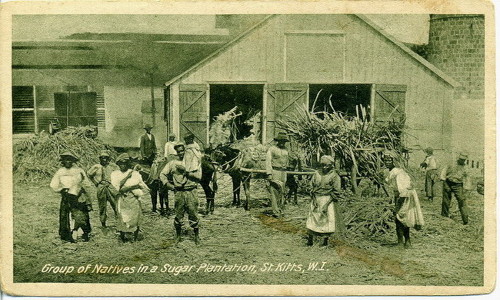
Cane cutters at Buckley’s demanded better wages. When their demands were rejected they went on strike. The strikers marched to Shadwell Estate persuading the workers there to join the strike.
for more information click here
Defence Reserve Dispatched to Buckley’s
Defence Reserve was dispatched to Buckley’s to deal with the striking workers. Three died and nine were injured.
General Election held in St. Kitts-Nevis-Anguilla
First general election held in St. Kitts-Nevis-Anguilla. The franchise was limited by a property qualification.
St. Kitts-Nevis Trades and Labour Union
St. Kitts-Nevis Trades and Labour Union was founded.
first kittian matron
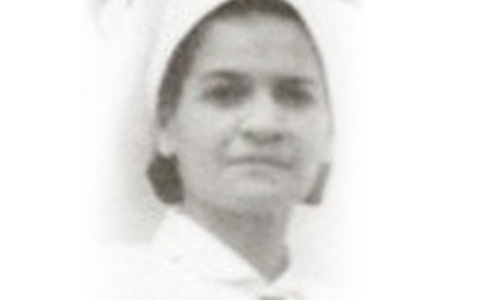
may stevens
General Election Under Universal Suffrage
First General Election under Universal suffrage.
ZIZ Radio Station
ZIZ Radio Station was launched.
Peoples Action Movement
Founding Of the Peoples Action Movement.
Statehood for St. Kitts-Nevis-Anguilla
Statehood for St. Kitts-Nevis-Anguilla. Anguillans rejected the new constitution.
For more informationclick here
MV Christina Disaster
The MV Christina sank in the channel between St. Kitts and Nevis.
Court House Fire
The Court House and Library building was destroyed by fire.
Management of Sugar Industry

Sugar industry placed under the management of SSMC.
Peninsula Road; Hurricane Hugo
Peninsula Road officially opened and named Dr. Kennedy Simmonds Highway
Hurricane Hugo caused extensive damage estimated at $61 million in St. Kitts and $51 Million in Nevis
Hurricane Georges
Hurricane Georges caused damage to 90% of housing stock in St. Kitts.
Termination of Sugar Factory Operations
The Sugar Factory terminated operations at 10.00am. This marked the end of the sugar industry in St. Kitts.
For more informationclick here

